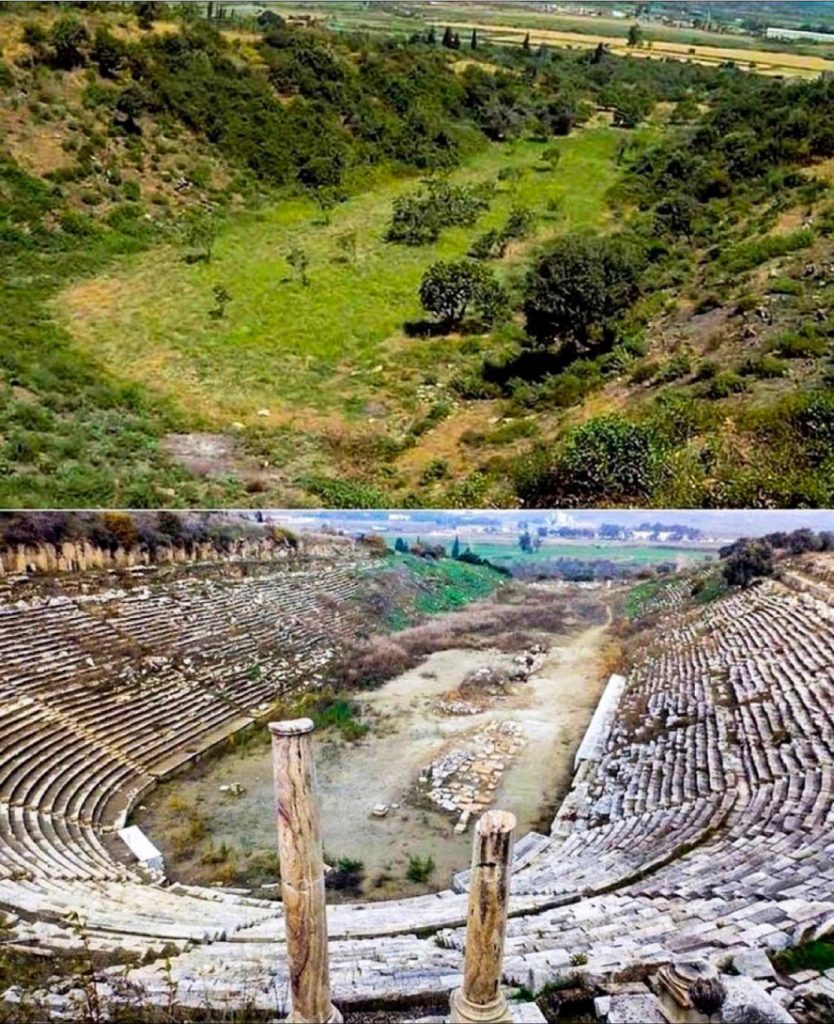In the heart of ancient Ionia, nestled along the western coast of Anatolia in what is now modern-day Turkey, lies the remarkable city of Magnesia on the Meander—a site rich with historical significance and a deep connection to the origins of sporting culture. Founded by the Magnetes, a Greek tribe from Thessaly, this city has long fascinated archaeologists and history enthusiasts alike. Its ruins not only tell the tale of a vibrant civilization but also serve as a testament to the enduring human spirit of competition, community, and cultural expression through sport.

To distinguish itself from another city of the same name—Magnesia ad Sipylum, located further north in what is now Manisa—this city was known as Magnesia on the Meander, a nod to its proximity to the meandering course of the Büyük Menderes River. Despite its Hellenic roots, Magnesia did not join the famed Ionian League due to its Aeolian heritage. This exclusion, however, may have allowed the city to develop its own unique cultural identity, which would eventually include one of the most impressive ancient sports arenas ever discovered.
The rediscovery of Magnesia’s splendor began in earnest in 1891 when German archaeologist Carl Humann led a 21-month excavation at the site. His team unearthed significant portions of the city’s infrastructure, including its theater, agora, temples, and the prytaneion—a public building that served as the seat of government and a symbol of civic pride. These early findings laid the foundation for future explorations, but it wasn’t until 1984 that the city’s true gem came to light.
That year, Orhan Bingöl, a dedicated archaeologist from Ankara University, resumed excavations with a focus that would forever change how we view Magnesia’s place in ancient history. Over the course of several years, Bingöl and his team gradually revealed the remains of one of the most extraordinary and well-preserved stadiums from the ancient world—a structure that stands today as a symbol of the city’s sporting legacy.
Constructed in the 3rd century AD, the stadium of Magnesia on the Meander is nothing short of a marvel. Capable of holding approximately 30,000 spectators, the stadium features a track measuring 189 meters in length. Its scale and state of preservation make it one of the largest and most intact examples of an ancient sports venue in all of Anatolia. Beyond its sheer size, the stadium tells a rich story about the cultural importance of athletic competition in ancient society.
The stadium’s stone walls are adorned with over 150 detailed reliefs, offering a vivid visual narrative of ancient athletic life. These carvings depict athletes in various poses—running, wrestling, competing for prizes—bringing to life the intensity and dedication of those who once vied for victory within its walls. Alongside the athletes are images of awards and ceremonial elements, underscoring the prestige and significance of sporting events during that era. Through this artwork, modern viewers gain invaluable insight into how the people of Magnesia celebrated human physicality, skill, and determination.
Perhaps one of the most striking features of the stadium is its sophisticated seating arrangement, which echoes modern stadium practices in a surprisingly familiar way. Inscriptions found at the site reveal that seating was divided based on occupation and social status, ensuring a structured and organized experience for attendees. This level of attention to seating hierarchy demonstrates not only logistical planning but also an understanding of social dynamics within public gatherings.
Even more remarkable is the inclusion of a special section reserved for individuals with psychological disorders, providing evidence of a level of inclusivity that is both rare and touching for the time. This thoughtful gesture highlights the city’s commitment to ensuring that all members of society, regardless of their mental or physical condition, could partake in the shared excitement and unity that sporting events fostered.
Adding further depth to the stadium’s legacy is the discovery of a 2,500-seat section specifically allocated to visitors from the nearby city of Ephesus. This “away section” suggests that inter-city rivalries and fan cultures existed even in antiquity. The idea of dedicated seating for visiting supporters closely mirrors modern concepts such as fan zones and VIP boxes, offering a glimpse into the early roots of spectator culture. The presence of such accommodations emphasizes the communal and celebratory nature of sporting events, as well as the sense of identity and pride they inspired among different cities and groups.
As more of Magnesia on the Meander is uncovered and studied, it becomes increasingly clear that the human fascination with competition, athletic excellence, and communal celebration is timeless. The city’s stadium, with its colossal scale and detailed artwork, serves as a bridge between ancient and modern times. It invites us to consider how deeply sport is woven into the fabric of human civilization, transcending generations and borders.
The legacy of Magnesia on the Meander is not just one of ruins and relics, but of a society that understood the power of unity through sport, the value of inclusivity, and the importance of preserving cultural identity. Its stadium, a beacon of ancient engineering and artistic talent, continues to inspire and inform, reminding us of our shared past and the enduring nature of human achievement. Through ongoing research and preservation, we can ensure that Magnesia’s story—and the stories of those who lived, competed, and celebrated there—remain vibrant and meaningful for future generations to discover and appreciate.





